To develop a robotic arm that can safely feed people.
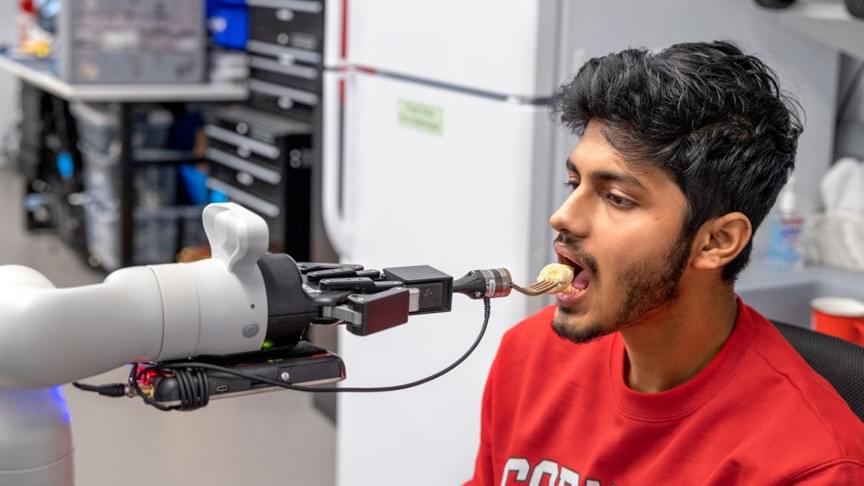

To develop a robotic arm that can safely feed people.
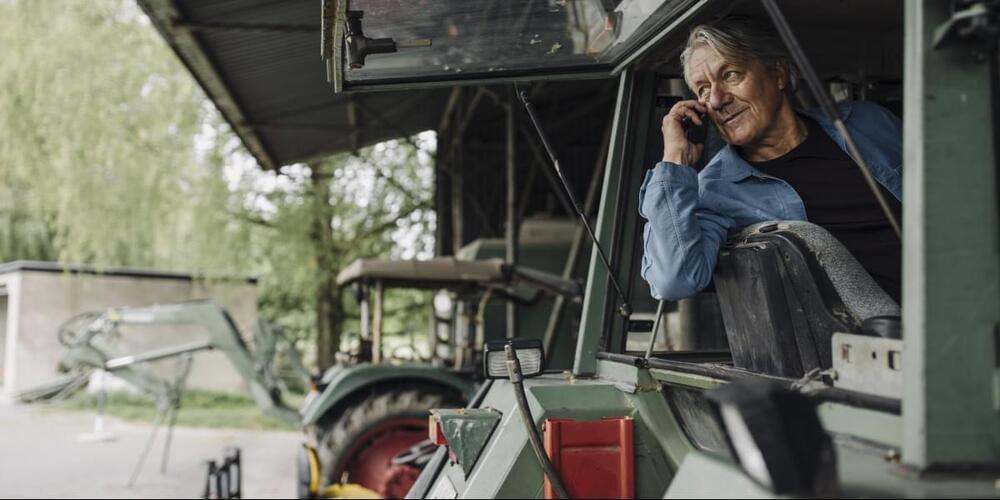

However, as Malcolm Murdock, machine-learning engineer and author of the 2019 novel The Quantum Price, puts it, “AI doesn’t have to be sentient to kill us all. There are plenty of other scenarios that will wipe us out before sentient AI becomes a problem.”
“We are entering dangerous and uncharted territory with the rise of surveillance and tracking through data, and we have almost no understanding of the potential implications.” —Andrew Lohn, Georgetown University.
In interviews with AI experts, IEEE Spectrum has uncovered six real-world AI worst-case scenarios that are far more mundane than those depicted in the movies. But they’re no less dystopian. And most don’t require a malevolent dictator to bring them to full fruition. Rather, they could simply happen by default, unfolding organically—that is, if nothing is done to stop them. To prevent these worst-case scenarios, we must abandon our pop-culture notions of AI and get serious about its unintended consequences.
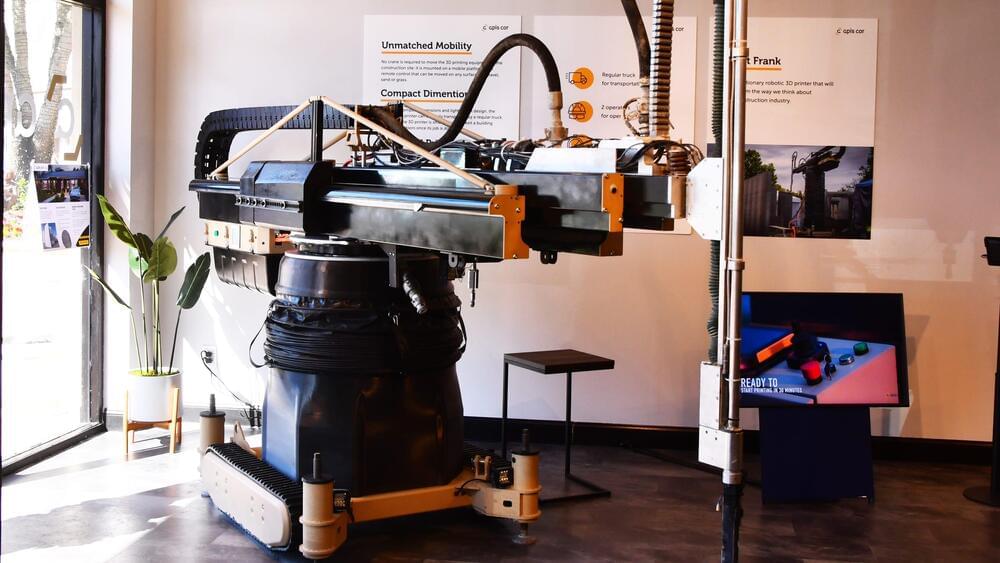
Apis Cor entered the Guinness Book of Records in October 2019 by building the world’s largest 3D-printed structure (in terms of volume) in Dubai.

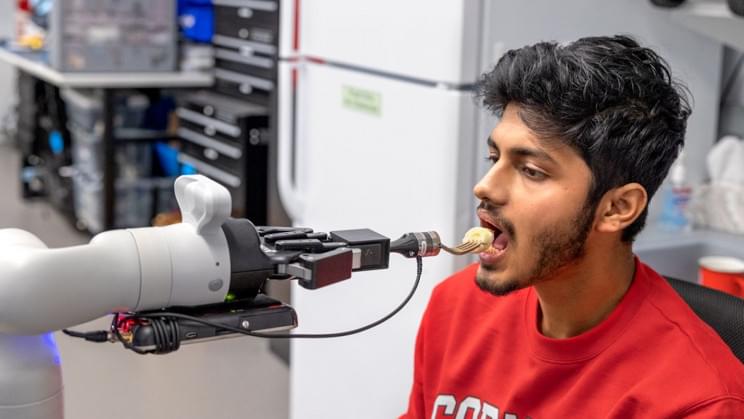
Robots could become crucial caregivers in the near future.
Robots could become crucial caregivers in the future, with new technologies constantly in development to help improve the quality of life for the globe’s aging population and for people with physical disabilities.
One example comes from Cornell University scientist Tapomayukh Bhattacharjee who is developing a robotic arm to help feed people with spinal injuries, a press statement explains.
A robot as an extension of the body Bhattacharjee, an assistant professor of computer science at Cornell, believes that robots have the potential to transform caregiving and that eating is one of the key areas where they could provide a helping robotic hand.
The roboticist was recently granted a four-year, $1.5 million grant from the National Science Foundation’s National Robotics Initiative to help him and his EmPRISE Lab develop caregiving robotics solutions for people with physical disabilities.
Full Story:
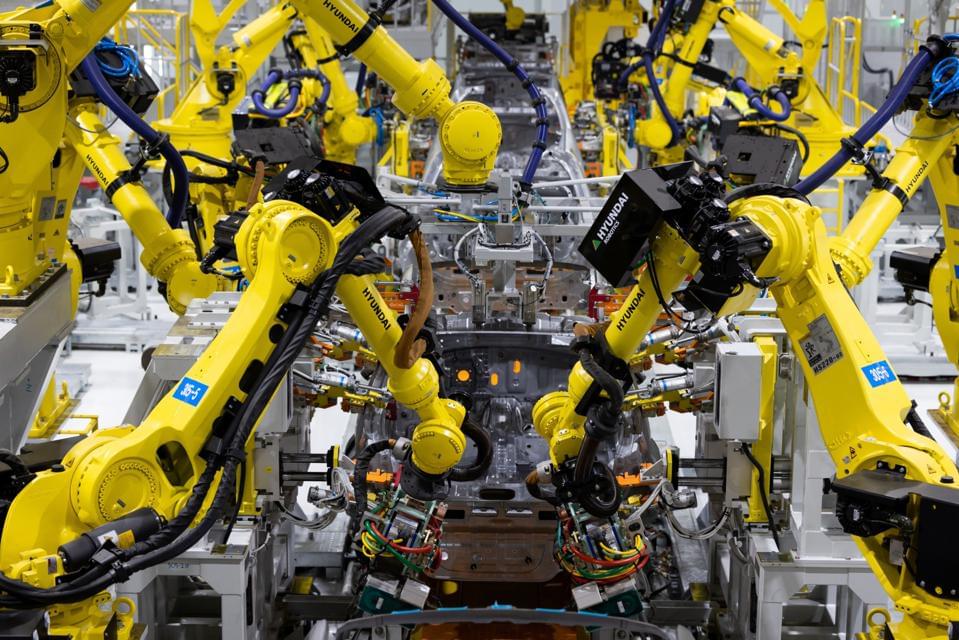
In 1987, at the beginning of the IT-driven technological revolution, the Nobel-Prize-winning economist Robert famously quipped that “you can see the computer age everywhere but in the productivity statistics.”
More than 30 years later, another technological revolution seems imminent. In what is called “the Fourth Industrial revolution,” attention is devoted to automation and robots. Many have argued that robots may significantly transform corporations, leading to massive worker displacement and a significant increase in firms’ capital intensity. Yet, despite these omnipresent predictions, it is hard to find robots not only in aggregate productivity statistics but also anywhere else.
While investment in robots has increased significantly in recent years, it remains a small share of total investment. The use of robots is almost zero in industries other than manufacturing, and even within manufacturing, robotization is very low for all but a few poster-child industries, such as automotive. For example, in the manufacturing sector, robots account for around 2.1% of total capital expenditures. For the economy as a whole, robots account for about 0.3% of total investment in equipment. Moreover, recent increases in sales of robotics are driven mostly by China and other developing nations as they play catch up in manufacturing, rather than by increasing robotization in developed countries. These low levels of robotization cast doubt on doomsday projections in which robots will cut demand for human employees.
But is it too early to assess the future of robots? Is it possible that robots are still in their infancy, and the current levels of adoption are not indicative of their future impact on the workplace? After all, Solow’s productivity paradox was ultimately resolved in subsequent decades, as investments in digital technologies paid off, transforming the world in the process.
Maybe, but maybe not. A decade after Solow’s observation, the economic impact of IT was evident. The same cannot be said about robotics.
Full Story:
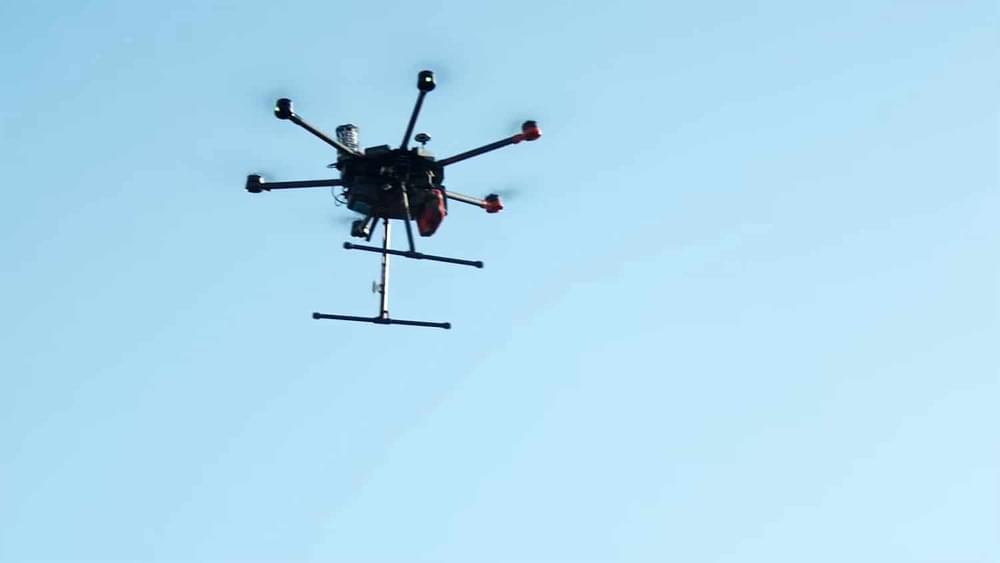
This is a truly revolutionary technology that needs to be implemented all over.
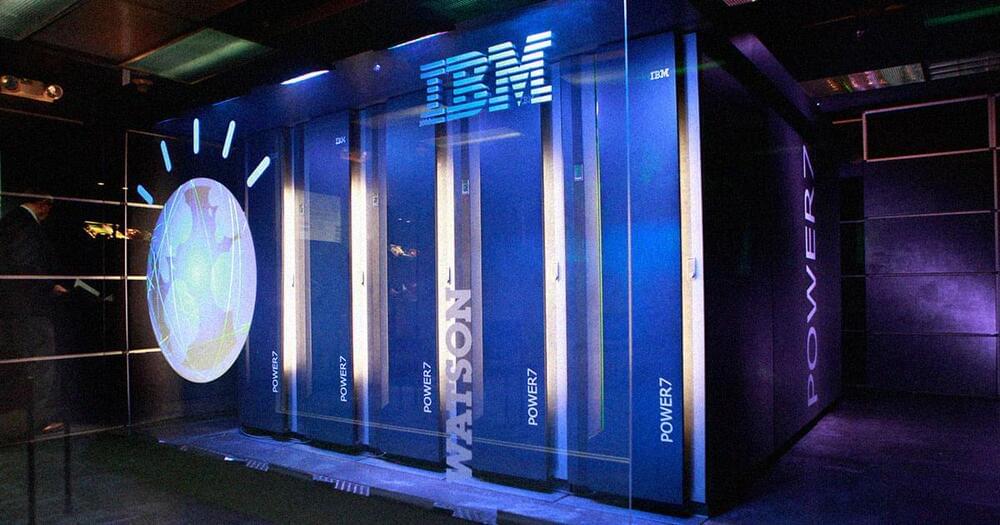
In fact, it’s not even the first time that IBM has tried — unsuccessfully — to unload the project, in yet another sign that corporate expectations for AI are continuing to crash into reality.
“Health care always is going to turn out to be more subtle, as well as more regulated for the right reasons, than it is in other areas,” IBM CEO Arvind Krishna said in an Axios and HBO interview last year. “And to me, that’s natural. It is a decision that may impact somebody’s life or death. You got to be more careful. So in health care, it turns out maybe we were too optimistic.”
The sale, if it actually goes through this time, would affect millions of patients and entire government healthcare strategies.
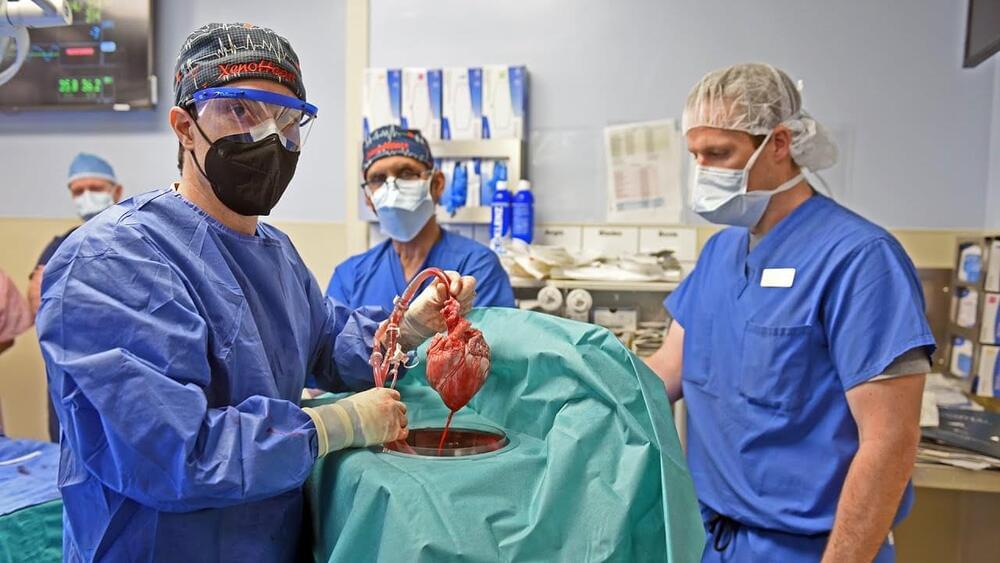
Researchers at the Indian Institute of Technology Bhubaneswar, in collaboration with TCS Research and Wageningen University, recently devised a new strategy that could improve coordination among different robots tackling complex missions as a team. This strategy, introduced in a paper pre-published on arXiv, is based on a split-architecture that addresses communication and computations separately, while periodically coordinating the two to achieve optimal results.